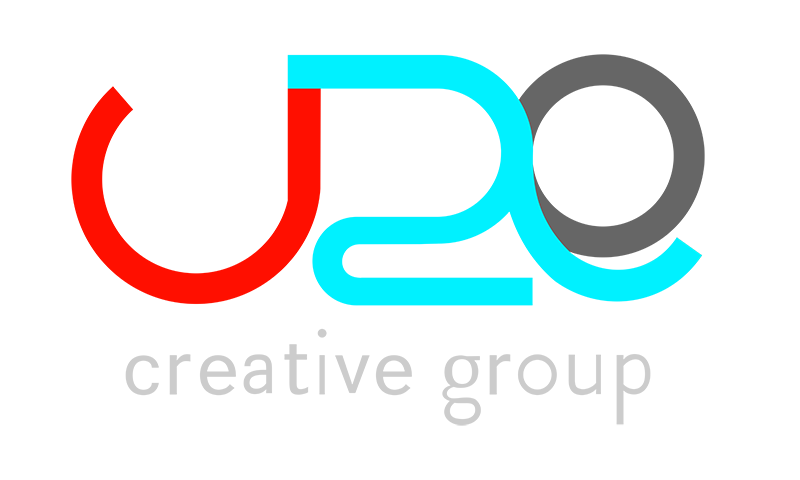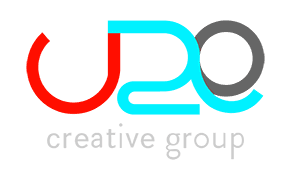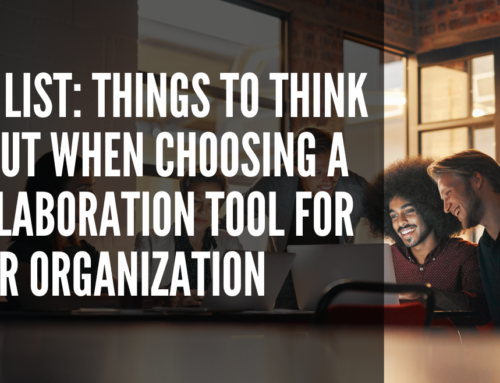As far back as 2012 -or 8 BCA (Before Covid Arrived), McKinsey Global Institute published a report that made three very simple points:
1. 61% of a knowledge worker’s workweek is spent reading and responding to emails, searching for and gathering information -or communicating and collaborating (internally and externally).
2. The rise of social technologies will play a major role in the personal and professional lives of consumers (going forward).
3. Many organizations use social technologies currently -but by being more intentional and focused on their approach to “how” they use those platforms, they could increase the productivity of knowledge workers by 20-25%
Quantified and qualified realizations like these became major drivers in the early iterations of the digital transformation movement. We were learning that technology may not immediately give way to flying cars and transporter rooms –but the need for organizations to be more fluid, agile and prepared to deal with incremental change, would become critical to continue creating great customer experiences and driving organizational success (in highly competitive landscapes).
Then Covid hit and the need for organizations to act in digitally transformative ways hit warp speed. This meant that geographically distributed workforces, work from anywhere policies (as an alternative to brick-and-mortar office buildings), connecting workers in a new environment of minimal BHO (business hours overlap), and persistent chat tools, became the critical wave to catch headed into 2021.
For those organizations with current investments in these types of tools, the question should center around how to get more from (their investment), how to better identify and understand different departmental personas, how to map the tools to real-world use cases, and how to build a journey map for increasing the meaningful impact (of the tools) across the organization and in customer experiences.
For organizations that haven’t yet invested in these tools, the questions should center around how to identify the proper application for your organization – in a marketplace containing several different options, with core similarities but different user interfaces and user experiences [List of top collaboration tools for 2021 – Trust Radius].
From either organizational position above -even when you’ve thoroughly vetted all options and chosen the perfect tool to license- you still need the right change management plan to ensure user adoption, empowerment, and continued exploration of how the tools can positively impact your customers.
Why is it that we need change management? The answer is in the reality that technology itself doesn’t change human behavior (or performance). If you’ve ever completed a transformative project (for your organization), chosen the perfect tool -yet still seen minimal increases in productivity or customer satisfaction- then you’ve painfully experienced this truth [7 compelling reasons for deploying change management – Prosci].
However, there’s no need to be discouraged; changing the culture of an organization is a difficult undertaking and many great initiatives have historically underperformed due to overlooking the value of building and executing a change management strategy [The hard side of change management – Harvard Business Review].
Headed into this transformative future, don’t make that mistake. Select the right partner in change management so that you can ensure your vision becomes reality. 2021 is here, is your business ready?






